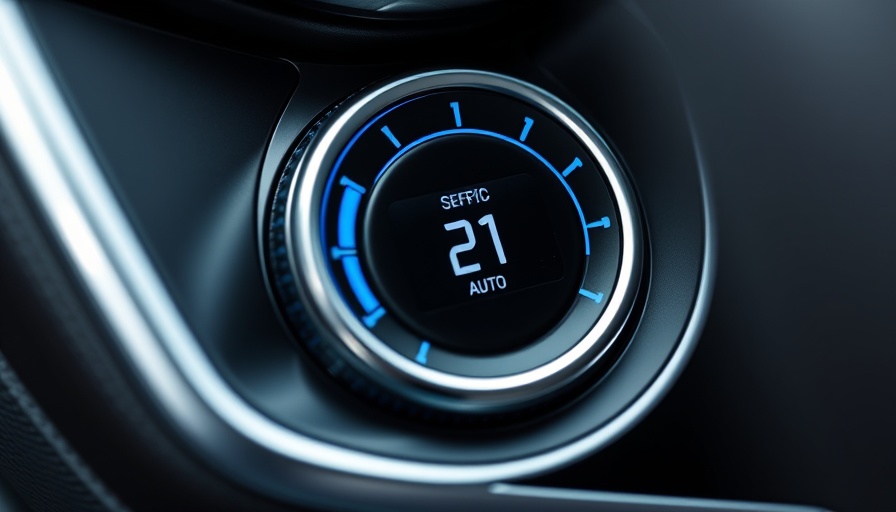
Why You Should Never Ignore Car Seat Rails
Car seat rails may not be the first thing that comes to mind when thinking of vehicle maintenance, but they play a crucial role in your driving safety and comfort. Regular lubrication ensures that these hidden mechanisms operate smoothly and reliably. Failing to maintain them can lead to a variety of issues, including uncomfortable seating positions and compromised safety during sudden stops.
The Dangers of Neglecting Maintenance
Imagine driving your vehicle, only to discover that your seat adjustment is jamming, leaving you uncomfortably close to the steering wheel or too far back to reach the pedals. This scenario isn't just about convenience; it can escalate into a dangerous situation, especially in emergency braking situations where your seat should be locked firmly in place. A well-lubricated car seat rail ensures that your seat will move smoothly, help maintain proper posture, and secure your safety in case of an accident. A set that doesn’t lock properly because it’s clogged with debris or oxidized from moisture could lead to an uncomfortable, unsafe driving experience.
Choosing the Right Lubricant for Your Car Seat Rails
When selecting a lubricant, pick one that is compatible with metal surfaces and won't attract dirt and debris. Grease-based lubricants are generally excellent choices as they can provide lasting protection without dripping or staining your vehicle’s interior. Moreover, choose a product that contains rust inhibitors; this is essential for metal-on-metal contacts where friction and moisture can wreak havoc over time. Some car care experts recommend silicone sprays or PTFE-based lubricants, as they offer good lubricating properties while being less prone to attracting dust and grime.
Practical Steps for Lubricating Car Seat Rails
Here’s a simple guide on how to get started with lubricating your car seat rails:
- Identify the Rails: Locate both the front and rear rails of your car seat.
- Clean the Area: Use compressed air or a soft brush to remove any dust and debris.
- Apply Lubricant: With a cloth, apply your chosen lubricant directly to the metal surfaces of the rails.
- Test the Movement: Move the seat forward and backward a few times to distribute the lubricant evenly.
- Wipe Off Excess: Remove any excess lubricant from the rails to avoid attracting dirt.
Benefits of Maintenance
By investing time in this simple yet vital task, you do more than ensure comfy driving; you prolong the lifespan of your vehicle’s seating mechanism and enhance your overall driving experience. More importantly, as a car owner, your proactive maintenance can safeguard yourself and your passengers during critical moments on the road. Engaging in this regular maintenance routine not only helps in keeping your car’s value intact but also fosters a sense of pride in ownership.
Take Charge of Your Vehicle's Well-being
Taking the time to regularly maintain your vehicle, including lubricating the seat rails, empowers you as a vehicle owner. By doing so, you enhance your safety, comfort, and well-being while driving. Make it a part of your routine car care to routinely check and lubricate these often-overlooked components. You’ll feel the difference in your driving experience and appreciate the long-term benefits!
 Add Row
Add Row  Add
Add 




Write A Comment